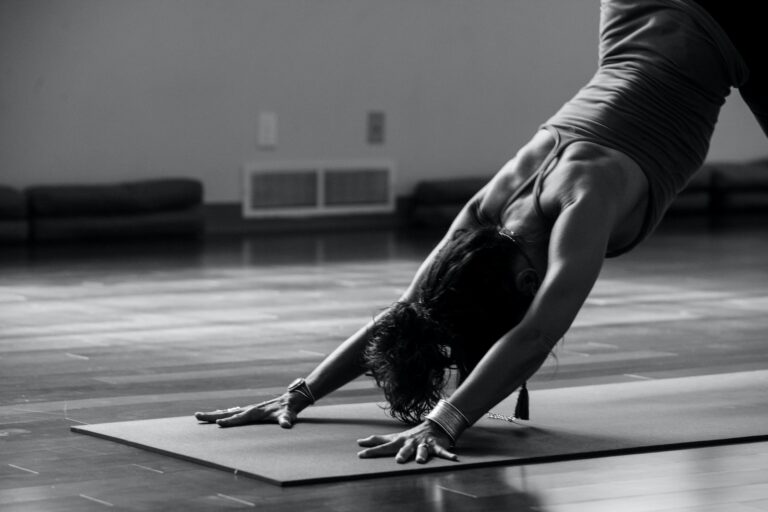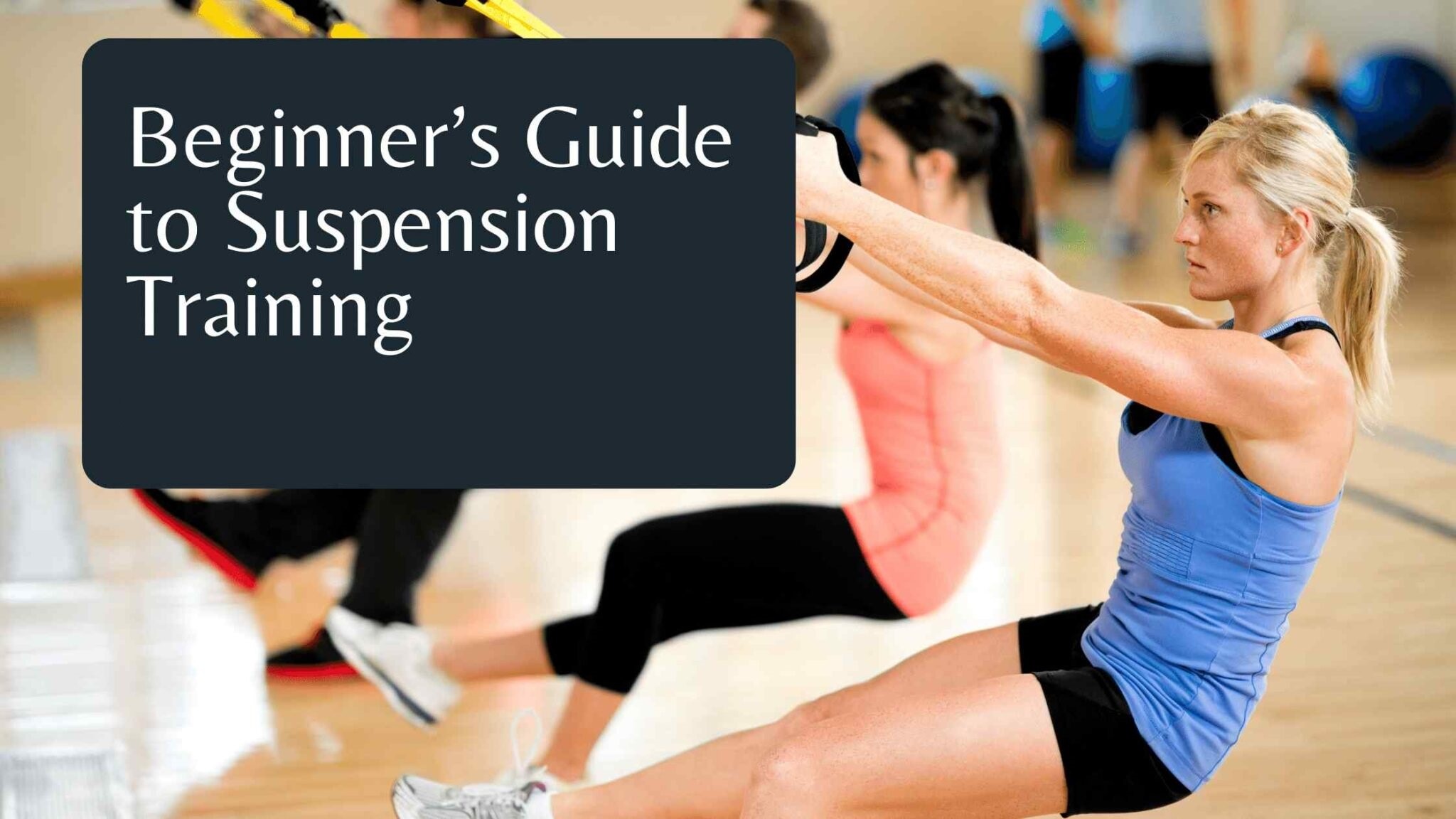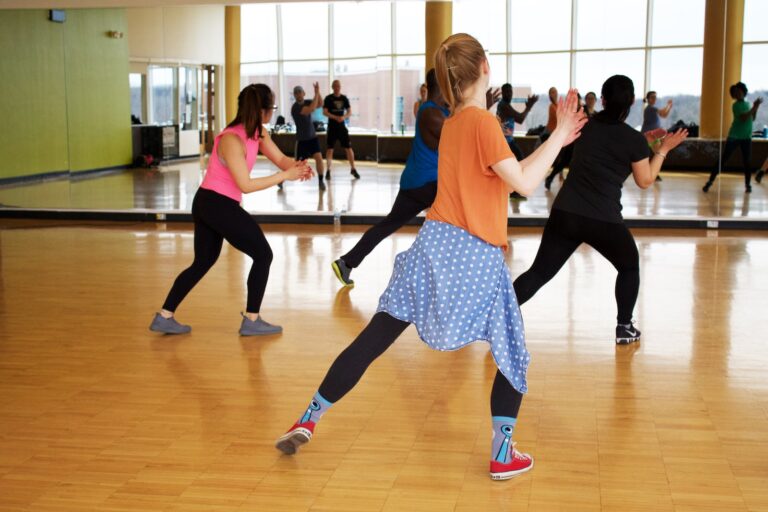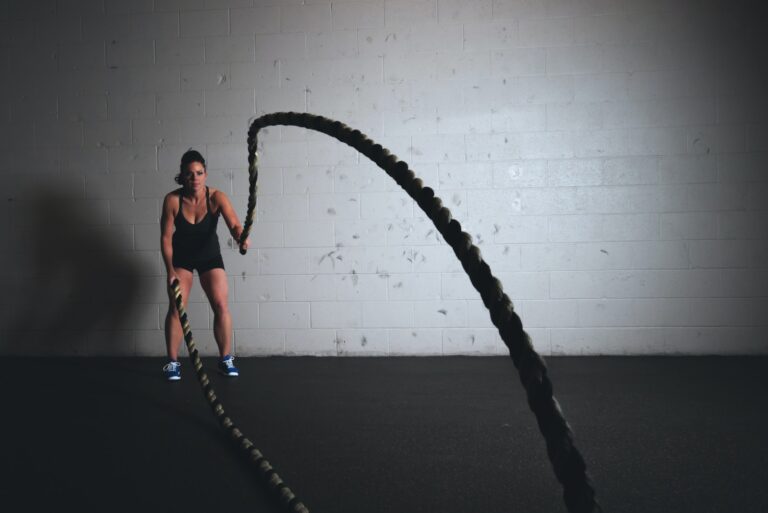8 Low-Impact Workouts for Better Joint Health
If you suffer from joint pain, finding the right workout routine can be a challenge. High-impact workouts might leave your joints feeling worse off than before, but that doesn’t mean you have to give up on exercise altogether! Low-impact workouts can provide great benefits for your overall health while taking it easy on your joints.
So whether you’re looking to jumpstart a new fitness journey or simply want to switch up your current routine, we’ve got you covered with 8 low-impact workouts that will help improve joint health and boost overall wellness. Read on to discover how incorporating these exercises into your daily life could make all the difference in improving joint mobility and reducing pain!
Introduction
If you’re looking to start exercising but are worried about the impact on your joints, there’s good news: there are plenty of low-impact workouts that can help improve your joint health.
Walking is a great way to get started, and swimming and cycling are also excellent options. If you have access to a gym, elliptical machines and rowing machines provide a low-impact workout that is easy on the joints.
There are also many classes available that offer low-impact workouts, such as yoga, Pilates, and water aerobics. And if you’re looking for something a little different, Tai Chi and Qigong are two gentle yet effective martial arts that can help improve joint health.
Whatever workout you choose, be sure to start slowly and gradually increase the intensity as your body adjusts. And always listen to your body – if something hurts, stop doing it. With a little trial and error, you’ll find the perfect low-impact workout for you and your joints.
Benefits of Low Impact Exercises

There are a number of benefits to low impact exercises, especially for those who are looking to improve their joint health. Low impact exercises are often easier on the joints than high-impact activities, and can help to reduce the risk of joint pain and injury.
Additionally, low impact exercises can be an effective way to improve flexibility and range of motion. And finally, research has shown that low impact exercises can actually help to slow the progression of arthritis.
8 Best Low Impact Workouts for Joint Health
There are a lot of low impact workouts that are great for joint health. Swimming is a fantastic option because it’s easy on the joints and provides resistance training. Other good options include walking, biking, elliptical training, and water aerobics. Pilates and yoga can also be beneficial, as long as the exercises are performed with proper form to avoid injuries.
-Swimming
Swimming is often thought of as a low-impact workout, but it can actually be quite beneficial for joint health. The water resistance helps to build muscle and strength without putting too much strain on the joints. Additionally, the buoyancy of the water helps to support the body and reduce the impact on the joints.
-Aquatic Classes
Aquatic classes are a great way to get a low-impact workout and improve your joint health. There are many different types of aquatic classes available, so you can find one that fits your fitness level and interests. Water aerobics is a popular choice for people looking for a low-impact workout. This type of class usually includes exercises that are performed while standing in waist-deep water. The water provides resistance to help tone your muscles. Aquatic arthritis classes are another option for people with joint pain. These classes focus on gentle movements and stretches that can help reduce pain and stiffness. If you have bad knees or another condition that makes impact activities difficult, be sure to ask the instructor about modification options.
-Elliptical Machine
An elliptical machine is a great choice for a low-impact workout. elliptical trainers provide a smooth, low-impact cardio workout that is easy on the joints. For people with joint problems, an elliptical trainer may be a better option than a treadmill or other weight-bearing exercise equipment.
-Yoga or Pilates
Yoga and Pilates are popular low-impact workouts that can improve joint health. Both exercises emphasize controlled movements and breath work, which can help to reduce joint pain and stiffness. In addition, the focus on balance and alignment in these exercises can help to improve coordination and prevent against further joint damage.
-Walking/Hiking
When it comes to joint health, low-impact workouts are key. That’s why walking and hiking are great options for those looking to stay active while protecting their joints.
Walking is a low-impact activity that is easy on the joints. It’s also a great way to get some fresh air and sunshine. And, if you walk with a friend or family member, you can catch up on some conversation while you get your steps in.
Hiking is another excellent option for low-impact joint health. It allows you to get some time in nature, which can be rejuvenating, and the Walking uphill provides some additional resistance that can help build strength.
-Cycling
Cycling is a great way to get some low-impact cardio in without putting too much stress on your joints. If you have joint pain, start with shorter rides and work your way up as your pain allows. Cycling is also a great workout for people with arthritis or other chronic joint conditions.
-Tai Chi
Tai chi is a form of martial arts that originated in China. It involves a series of slow, graceful movements and is often described as “meditation in motion.” Tai chi has many health benefits, including improved joint health.
A study published in the Journal of Alternative and Complementary Medicine found that tai chi may help to reduce pain and improve function in people with osteoarthritis of the knee. The researchers concluded that tai chi may be a useful addition to conventional treatment for this condition.
Another study, published in the journal BMC Musculoskeletal Disorders, looked at the effects of tai chi on adults with arthritis. The participants who took part in tai chi classes had significant improvements in pain, physical function, and quality of life compared to those who did not participate in tai chi.
Tai chi is suitable for people of all ages and fitness levels. It can be done indoors or outdoors and you don’t need any special equipment. If you have joint pain or other health conditions, talk to your doctor before starting a tai chi program.
-Resistance Training on Stable Surface
When it comes to working out, impact is not always better. In fact, for people with joint pain or other mobility issues, lower-impact workouts may be the best way to stay active without exacerbating pain or damaging joints.
There are plenty of low-impact workout options that still provide a great workout. One option is resistance training on a stable surface. This can be done with free weights, resistance bands, or bodyweight exercises.
Benefits of this type of workout include improved muscular strength and endurance, increased bone density, and better joint stability. Additionally, because there is no impact on the joints, there is less risk of injury.
If you have joint pain or other mobility issues, talk to your doctor or a physical therapist about which low-impact workouts would be best for you.
Nutritional Tips for Joint Health
As we age, it’s important to take care of our bodies and our joints. That’s why we put together a list of nutritional tips for joint health. These tips will help you maintain strong, healthy joints so you can keep moving and stay active.
- Eat a healthy diet: Eating a well-balanced diet is important for maintaining overall health, and that includes joint health. Make sure to include plenty of fruits, vegetables, whole grains, and lean protein in your diet. Also, limit processed foods and sugary drinks, as they can contribute to inflammation.
- Get enough vitamin C: Vitamin C is essential for the production of collagen, which helps maintain the integrity of cartilage tissue. You can find vitamin C in citrus fruits, broccoli, bell peppers, and dark leafy greens like kale.
- Get enough vitamin D: Vitamin D is another nutrient that’s important for joint health. It helps the body absorb calcium, which is necessary for strong bones (and joints). You can get vitamin D from exposure to sunlight or by taking supplements.
- Take supplements: In addition to vitamins C and D, there are a number of other supplements that can help promote joint health. These include glucosamine sulfate, chondroitin sulfate, and omega-3 fatty acids (found in fish oil).
Conclusion
Low-impact workouts are an excellent way to keep your joints healthy. They help build strength and endurance, while minimizing the risk of joint and muscle strain. Plus, low impact exercises can be done in the comfort of your own home or outdoors for better convenience. Ultimately, finding the right workout plan for you is key when it comes to maintaining joint health over time; experimenting with various types of activities like these 8 low-impact work outs will help you stay healthier as you age!







One Comment